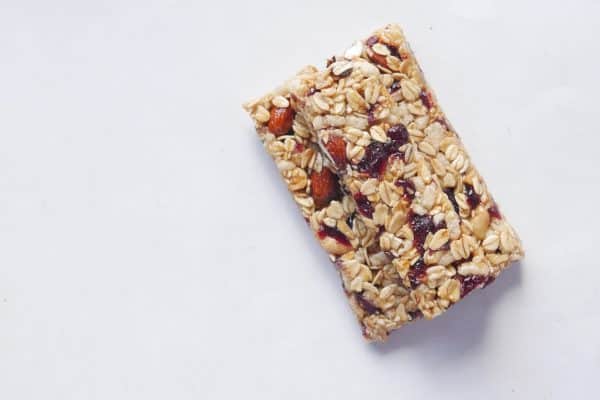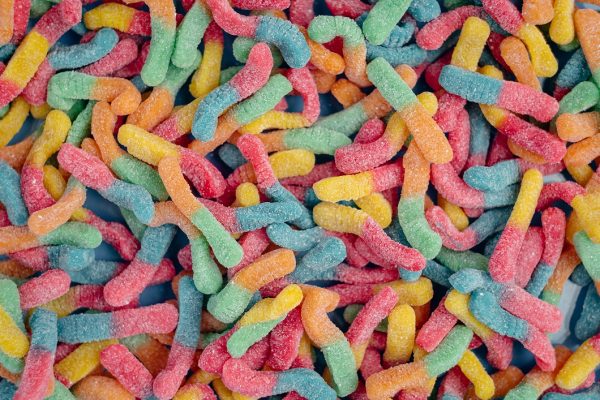Fuelling during exercise
Why do you run out of energy on a long run or training session?
Firstly let’s recap about energy use during exercise. Our body uses glucose (from blood and glycogen stores in muscles and liver); lipids (from blood and fat stores) and a small amount of protein for energy during exercise. The higher the intensity or longer the duration of exercise, the more carbohydrate is required. However, we only have limited glycogen stores, so over time these become depleted. Energy can be provided from fat, but the process is less efficient and requires more oxygen. Consequently, performance is affected, often referred to as “hitting the wall”, as it makes us feel exhausted and drained. If you are training at moderate to high intensity exercise for over an hour without fuelling with carbohydrate you are likely to get fatigued. To avoid this, fill up your glycogen stores before training (See my previous post “Fuelling before training”) and consume carbohydrate during training.
How much carbohydrate do I need during exercise?
Aim for 30-60g per hour for moderate to high intensity exercise of 1 to 2.5 hours. For more than 2.5 hours the recommendation is to consume 60g to 120g per hour.
What types of carbohydrates are best to use?
Our gut digests food and transports carbohydrate into the body as sugars (glucose, fructose and galactose). However, studies have found the amount of individual sugars that can be absorbed is 60-70g per hour. Absorption of glucose is limited by the number of it’s transporters in the gut, once these are saturated, even if more than 60g is consumed, there will be no further increase in the amount available for energy. For exercise up to 2.5 hours, this is enough. However, by consuming a mixture of sugars, particularly adding in fructose which uses a different gut transporter, you can increase the amount of carbohydrate available, and this is beneficial if you are exercising for longer than 2.5 hours. Accumulating scientific evidence from elite ultramarathon mountain runners, marathons and Ironman shows a performance benefit of 120g per hour from a mixture of glucose and fructose.
What does this mean in food and drinks?
During the session take on easily digested low fat carbohydrates. What you choose is likely to depend on your training intensity and duration as well as individual preferences and gut tolerance. If you’re running on the road at race pace isotonic drinks (commercial or homemade) or gels are often easiest to get down. Products are available based on glucose only (often maltodextrin) or a mixture of glucose and fructose). If you prefer real foods, good options are jam sandwiches, cereal bars, dates, sweets, rice cakes and banana. You may find a mixture of savoury and sweet options works best on ultra runs so, you have more variety to choose from. An example of 20-30g carbohydrate is a single gel, 250ml isotonic drink, 1 small tortilla wrap, cold potatoes (120g), a medium banana, ¼ jam sandwich, 4 dates, 4 jelly babies or a slice malt loaf (35g). I recommend aiming for a variety of different foods as this will provide a mixture of glucose and fructose.
When should I start fuelling?
Start fuelling early. The mistake most people make is waiting too long. If you wait for an hour your glycogen stores will already be low. Preserve them by taking on fuel 20-30 minutes into exercise and keep taking little and often every 20-30 minutes. This will also help reduce the risk of stomach problems.
If you struggle to take on fuel during training, start with 20-30g per hour and gradually increase as your body adjusts. You can train your gut as well as your body and it is essential to practice fuelling strategies in training. If you struggle with this look out for a future post with more advice.
The important message is that taking carbohydrate during your long session is proven to improve performance. Test out which strategies work for you in training, so you will be ready with a plan for your event.
Click here to see all the articles in the series
Catherine Voyce
May 2022




